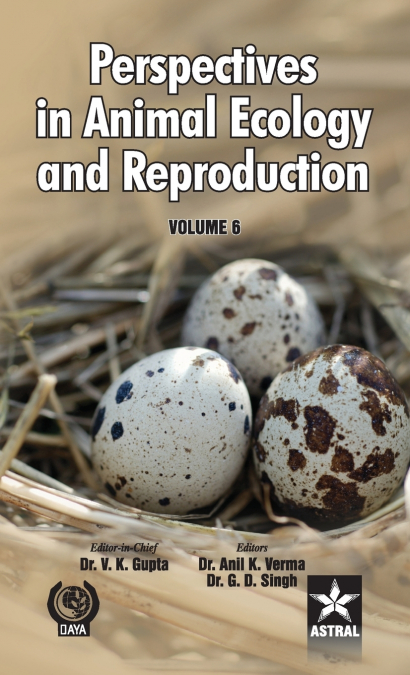
Dr G. D. SinghVijay Ku Dr Anil K. Verma / Dr GDSinghVijay Ku Dr Anil KVerma
The present book entitled, 'Perspectives in Animal Ecology and Reproduction' is a reference book on various facts of animal’s ecology and reproduction. Lack of a comprehensive treatise on these important aspects of biology has prompted this humble piece of work. This volume is comprised of 27 research articles written by the eminent research workers of the country on various aspects of animals and their surrounding environment. As many as seventeen articles pertain to animal ecology and ten to their reproductive strategies. The important topics which have found a place in this volume are: v Microbial Studies of Lake Mansar in Jammu Shiwaliks v Ecology, Mass Production, Storage and Applications of Entomopathogenic Nematodes v Biodiversity of Wild Silkmoth v Dragonflies of Western Ghats v Conservation of Tasar Fauna and Flora v Study of Pesticides Use in Cropland Fields v Amphibian and Reptilian Diversity in Western Himalaya v Physiological studies on Quails and Rats v Life Cycle studies on Crustaceans v Study on Radioprotective Effect of Melatonin in Mice v Role of Pheromones and other Semiochemicals in Mammals People at different walks of life including students, researchers, animal breeders, policy makers and administrative shall find this volume of the series very useful.